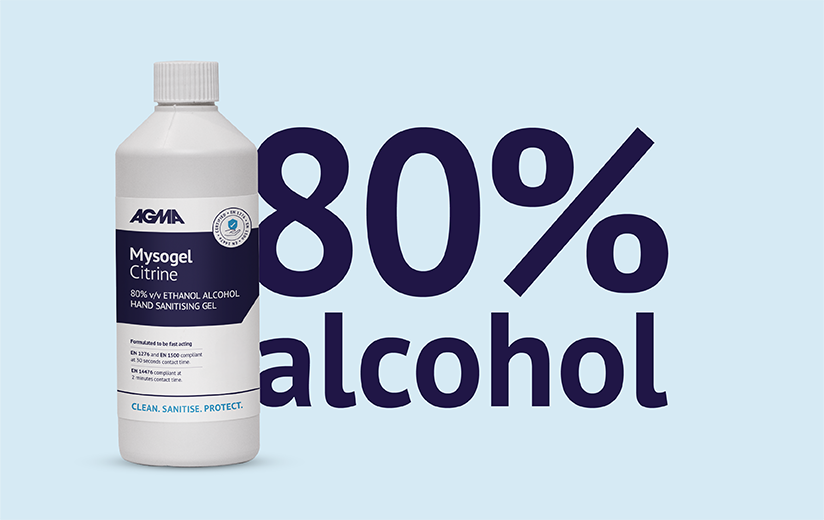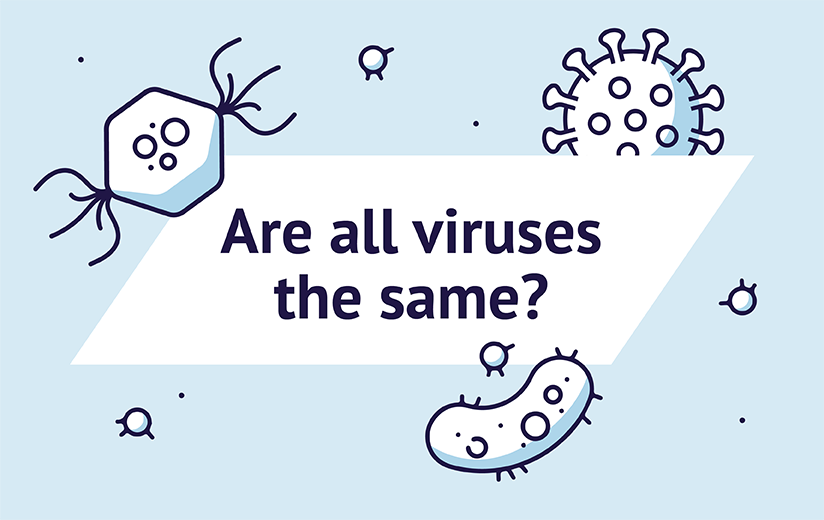Over the past few years, coronavirus has dominated headlines, yet this is just one of many different viruses that cause illness in humans and other living things. So, what are viruses, how do they vary, and what are the best ways to protect against them?
What are viruses?
Viruses are tiny parasites that cause many contagious illnesses, such as coronavirus, ebola and swine flu.
Though viruses contain the essentials of life, there is debate about whether they are strictly alive or not. This is because they lack the ability to ‘read’ the information they contain, which means they can only reproduce inside a host. They do this using their genes to ‘trick’ their host into producing new copies of the virus.
Are all viruses the same?
The short answer is no.
Viruses vary hugely in size, shape and structure. One of the most significant differences between viruses is that some are enveloped and some are not.
You may have heard the phrases ‘enveloped’ and ‘non enveloped’ when it comes to viruses, but what do they really mean?
All viruses consist of nucleic acid and DNA or RNA, protected by an outer capsid protein layer, which prevents it being destroyed by the host.
The basic difference between enveloped and non enveloped is that enveloped viruses have a lipid membrane surrounding the protein capsid.
This one layer makes a surprising amount of difference to how the viruses act and how they impact the body.
ENVELOPED VIRUSES |
NON ENVELOPED VIRUSES |
|
|
|
|
|
|
|
|
|
|
|
|

So, why are enveloped viruses so effective?
Enveloped viruses are the cause of many contagious illnesses, ranging from the common cold to much more serious viral infections.
Often, enveloped viruses use proteins from their hosts to create the lipid membrane. This means that the host ‘recognises’ the virus and makes it easier for the virus to enter, attach to the host and transfer genetic material.
Some viruses, such as HIV, also have spikes on the viral envelope to assist with binding to the host cell receptors.
So, while they are easier to destroy, enveloped viruses are experts at sneaking into their hosts and causing havoc once they are there.
How to protect against enveloped viruses
Hand hygiene is an effective way to protect against the spread of these viruses. The World Health Organisation recommends using a hand sanitiser with an alcohol content greater than 60% to most effectively kill enveloped viruses.

AGMA Mysogel, which contains 80% alcohol, has guaranteed efficacy against a range of enveloped viruses, and is tested to current, internationally recognised BS EN standards. It contains emollients and is available with a fresh lemon scent, so it can protect against enveloped viruses while leaving you and your people with soft, fresh-smelling hands.


